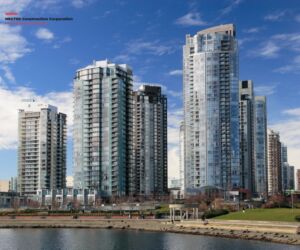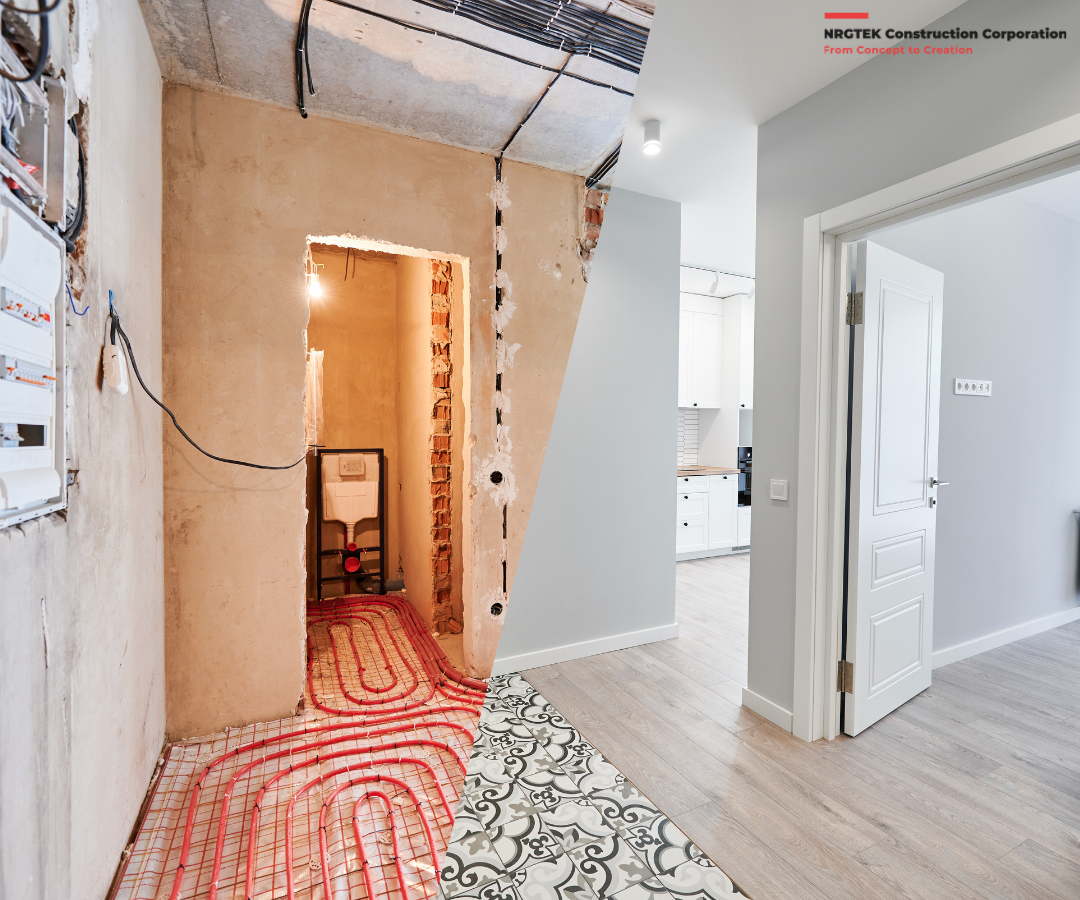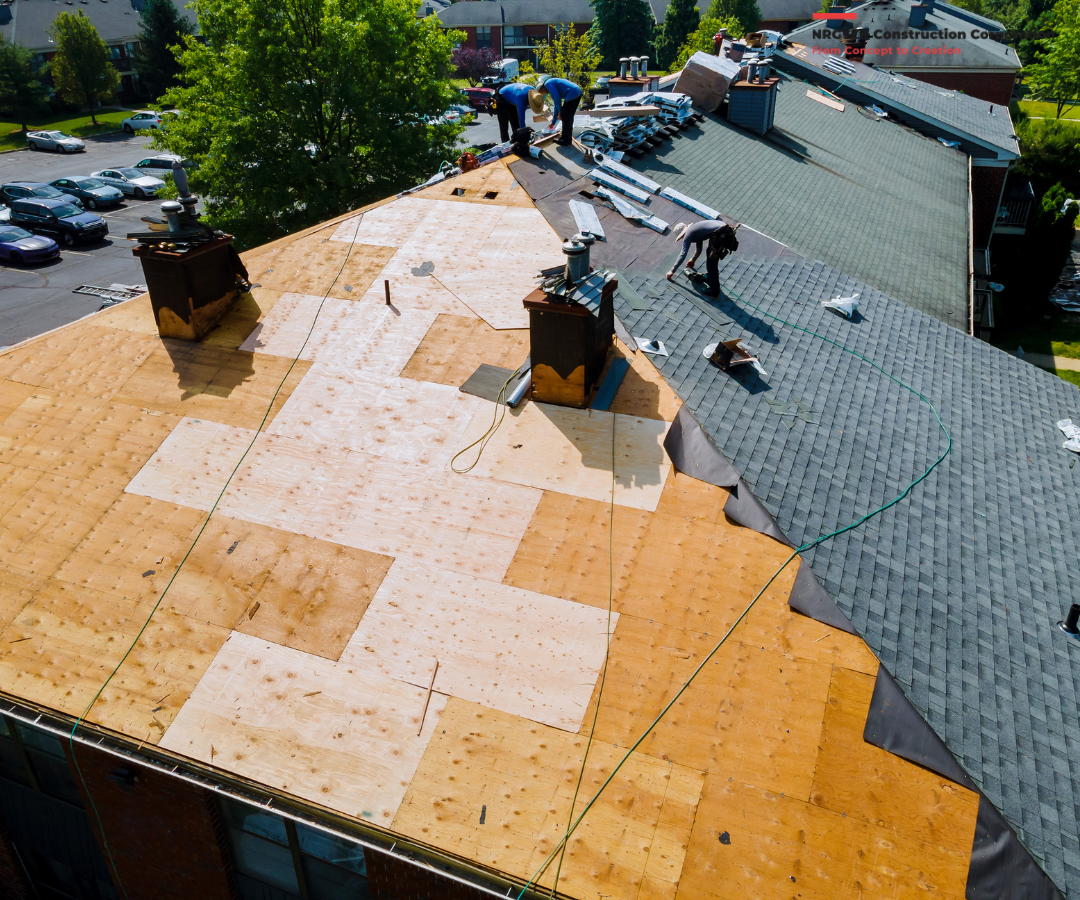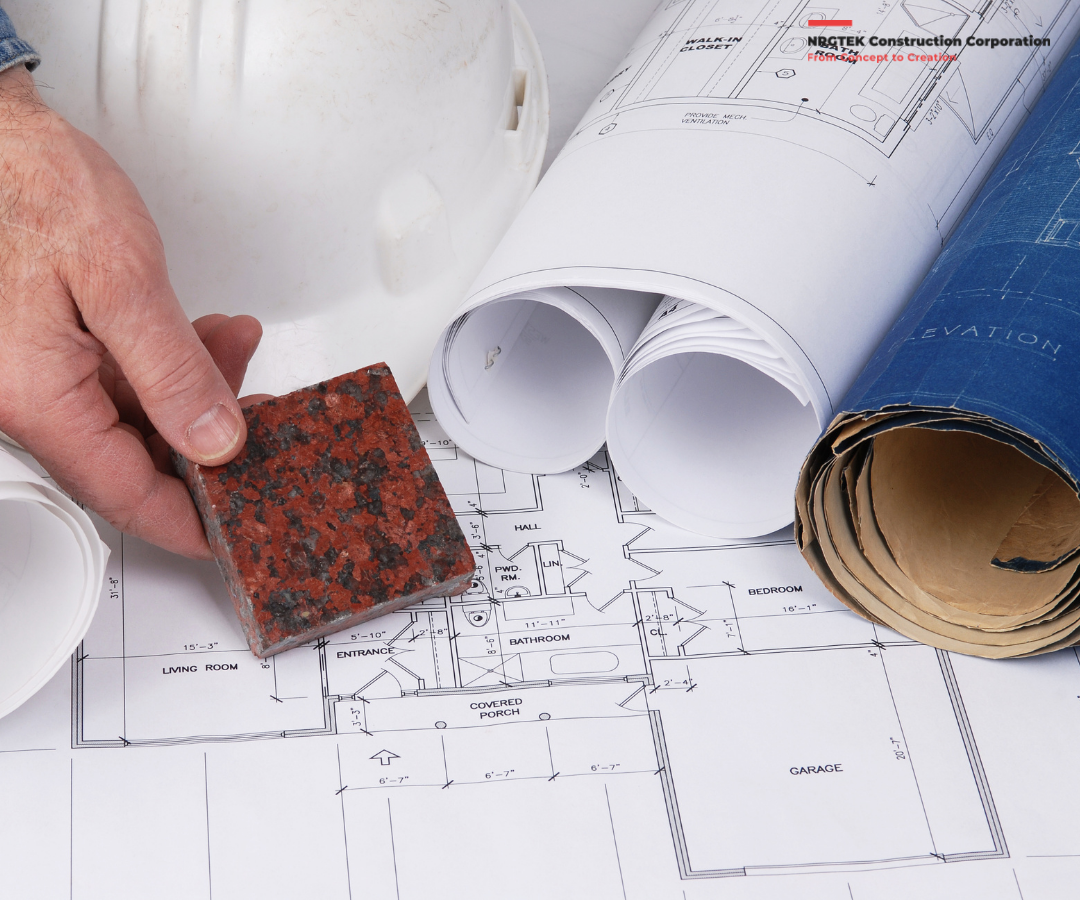
The housing scene in British Columbia is a tapestry made of many innovative, cultural, and historical strands. The evolution of housing in British Columbia mirrors broader social, economic, and environmental changes, ranging from the traditional homes of Indigenous peoples to contemporary urban developments. Let’s travel back in time to examine the changes in housing that have occurred in this area over the years.
Indigenous Housing: Harmony with Nature
Indigenous communities in British Columbia had created sophisticated housing solutions that were appropriate for their surroundings long before European settlers arrived. The Haida, Tlingit, and Coast Salish were among the coastal peoples who constructed long-lasting, environmentally friendly cedar plank homes. These structures, which were frequently big and social in nature, displayed elaborate carvings and totem poles that represented the communities’ rich cultural history and social structure.
The Stl’atl’imx and other tribes built pit houses in the interior, excavating the earth to provide warmth in the winter and coolness in the summer. These dwellings were usually constructed with earthen coverings over wooden frames, indicating a thorough awareness of the local environment and resources.
The Colonial Era: European Influence
Significant alterations to BC’s housing landscape were brought about by the 19th-century arrival of European settlers. Simple, useful homes were built by the first settlers, frequently with materials easily obtained in their new surroundings. Log cabins and other wooden buildings were a feature of the Hudson’s Bay Company and other trading posts; they were built to withstand the hardy frontier weather.
The variety of housing types increased along with the population. More elaborate architecture, including large verandas, gingerbread trim, and bay windows, was introduced during the Victorian era. Cities like Vancouver and Victoria started to take on a more identifiable urban feel as settlers’ varied tastes were reflected in their homes.
The Boom of the 20th Century: Expansion and Innovation
 There was a great deal of growth and development in the early 20th century. The discovery of gold, the cutting of lumber, and eventually the building of railroad connections sparked a construction boom that gave rise to a wide range of housing types. Craftsman bungalows gained popularity due to their low-pitched roofs, overhanging eaves, and straightforward, practical design.
There was a great deal of growth and development in the early 20th century. The discovery of gold, the cutting of lumber, and eventually the building of railroad connections sparked a construction boom that gave rise to a wide range of housing types. Craftsman bungalows gained popularity due to their low-pitched roofs, overhanging eaves, and straightforward, practical design.
The need for housing exploded in the years following World War II. The influx of people from other provinces and countries led to a significant increase in the construction of suburban homes and apartment buildings. Open floor plans and integration with nature were prioritized in the emergence of mid-century modern designs and ranch-style homes.
Contemporary Trends: Urbanization and Sustainability
There were new opportunities and challenges in the late 20th and early 21st centuries. Rapid urbanization in places like Victoria and Vancouver resulted in a housing crisis marked by price increases and a lack of reasonably priced housing. During this time, there was an increase in high-density townhouses and condominiums as well as creative methods of urban planning and development.
The importance of sustainability and environmental responsibility has increased in recent years. Increased interest in energy-efficient housing, net-zero buildings, and green building techniques indicates a larger desire to lessen the environmental impact of new construction.
In addition, there is a growing interest in maintaining older buildings’ architectural legacy to uphold the past amidst contemporary development.
Looking to the Future
The housing landscape in BC will change as it does. Inclusion, sustainability, and affordability issues will influence how the province’s housing market develops in the future. Homes that are not only aesthetically pleasing and practical, but also sustainable and inclusive will be made possible by significant advancements in technology, design, and policy.
The history of housing in British Columbia is a monument to human ingenuity and adaptation, ranging from the durable cedar houses of Indigenous peoples to the state-of-the-art green buildings of today. It’s a tale of change, resiliency, and an ongoing search for better living circumstances—a journey that’s far from done.










